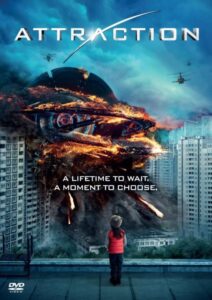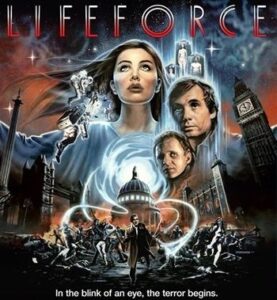I have been a role play gamer since 1979 when my friend Jim, whom I met in Basic Training for the U.S. Navy, introduced me to AD&D. Very quickly I experimented with number of other RPG game systems in those early years when new game systems appeared like mushrooms after a moist summer evening. Fantasy Games Unlimited provided two of the system I played the most besides AD&D, Villains and Vigilantes, a comic book role playing game where with the right dice rolls a normal person’s punch could do more damage than a nuclear weapon, and Space Operaa game of high adventure among the stars that allowed everything from Star Trek style campaigns to Star Wars and everything in between.
Space Opera has three credited authors two fat core rule books, and apparently no editor. The rule books are riddled with typos, inconsistencies, and no logical organizational layout. Character creation can be a lengthy process taking hours to perform all the rolls, computations, and decisions in establishing your hero. In addition to all that the rules can get quite detailed in trying to model nearly every conceivable situation. Literally there are paragraphs devoted to performing a hand-off when one character has to pass an item to another character during combat or chaotic events.
Despite all this Space Opera turned out to be the sweet spot for my style as a game master. During the early to late 80s I ran a number of campaigns many of which are still fondly remembered. The wide-open setting, the rules that encompassed nearly every conceivable science-fiction trope, and the sheer imagination made this my favorite to run and a favorite among my players.
But, all the fiddly rules, calculations, and record keeping were a serious challenge. Space Opera, if you run as Lieutenant Saavik would, that is by the book, creates vast amounts of record keeping, some of which I kept up with, some of which I ignored, and some I fudged. Certainly, many of the detailed calculations I approximated rather than compute to their final precise answer.
Last year, after discovering I still had my original rulebooks and that all of the materials were available for purchase as PDFs online, I, at the urging of my players, launched a new Space Opera campaign.
In the intervening decades I have become a little more focused on following game rules and of course that makes Space Opera quite a challenge. With the game decades out of print there is little, but not zero, fan support on the internet. When this game was published there was no internet and advanced players socialized through BBS. I have found a few data sheets that help turn the game into something more manageable and provide some assistance in the more detailed bits such as an excel spreadsheet for character creation.
Now I have turned my weak spreadsheet skills to the task and have started creating my own game aids. I have completed a worksheet for computing a character’s chance of advancing a level in a particular skill. One cell required an IF statement that was nested 18 times, but it works. Next up a ship’s log to record fuel use, maintenance requirements, and travel time computation. After that a campaign calendar to track these things for my players.


